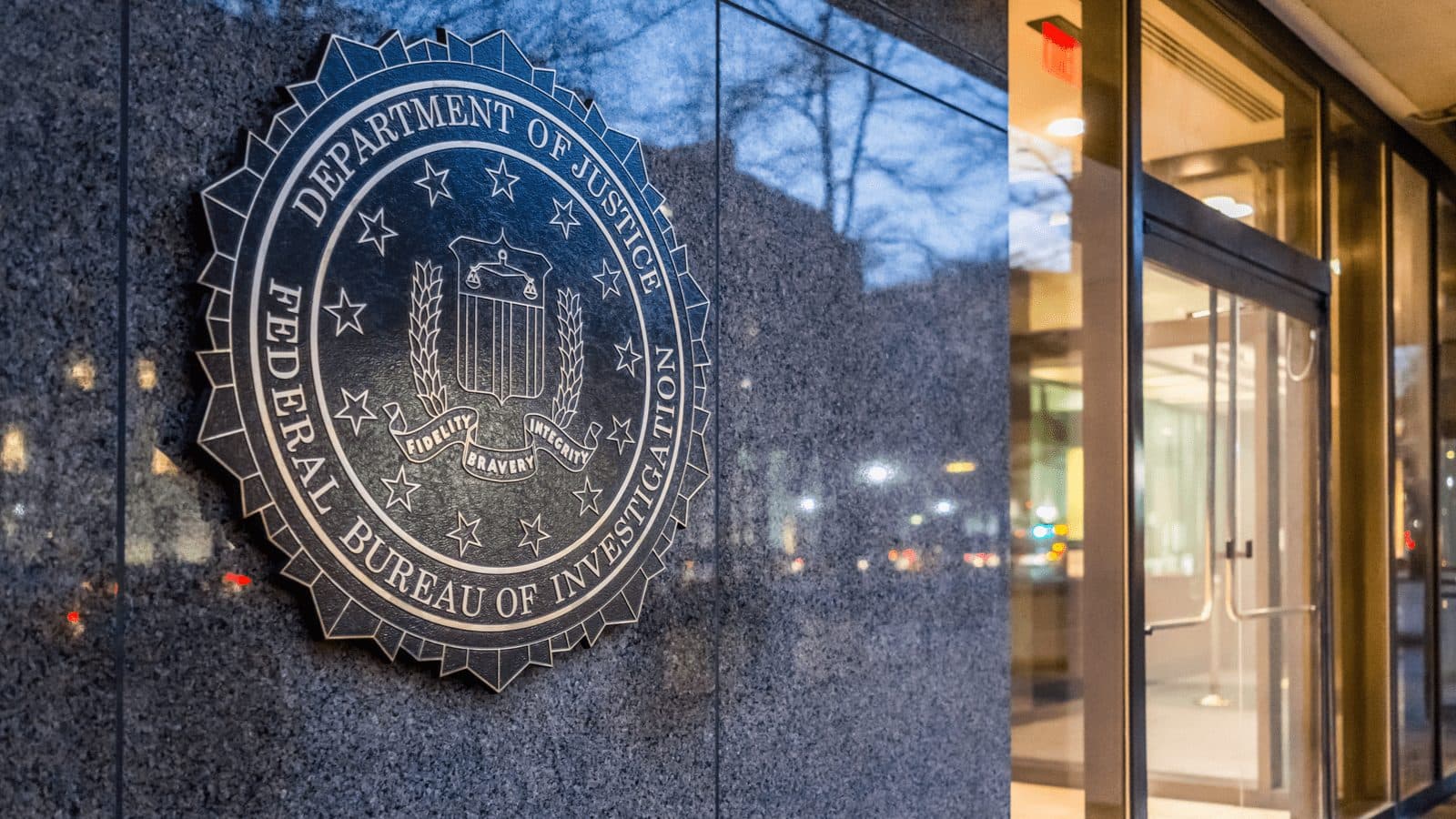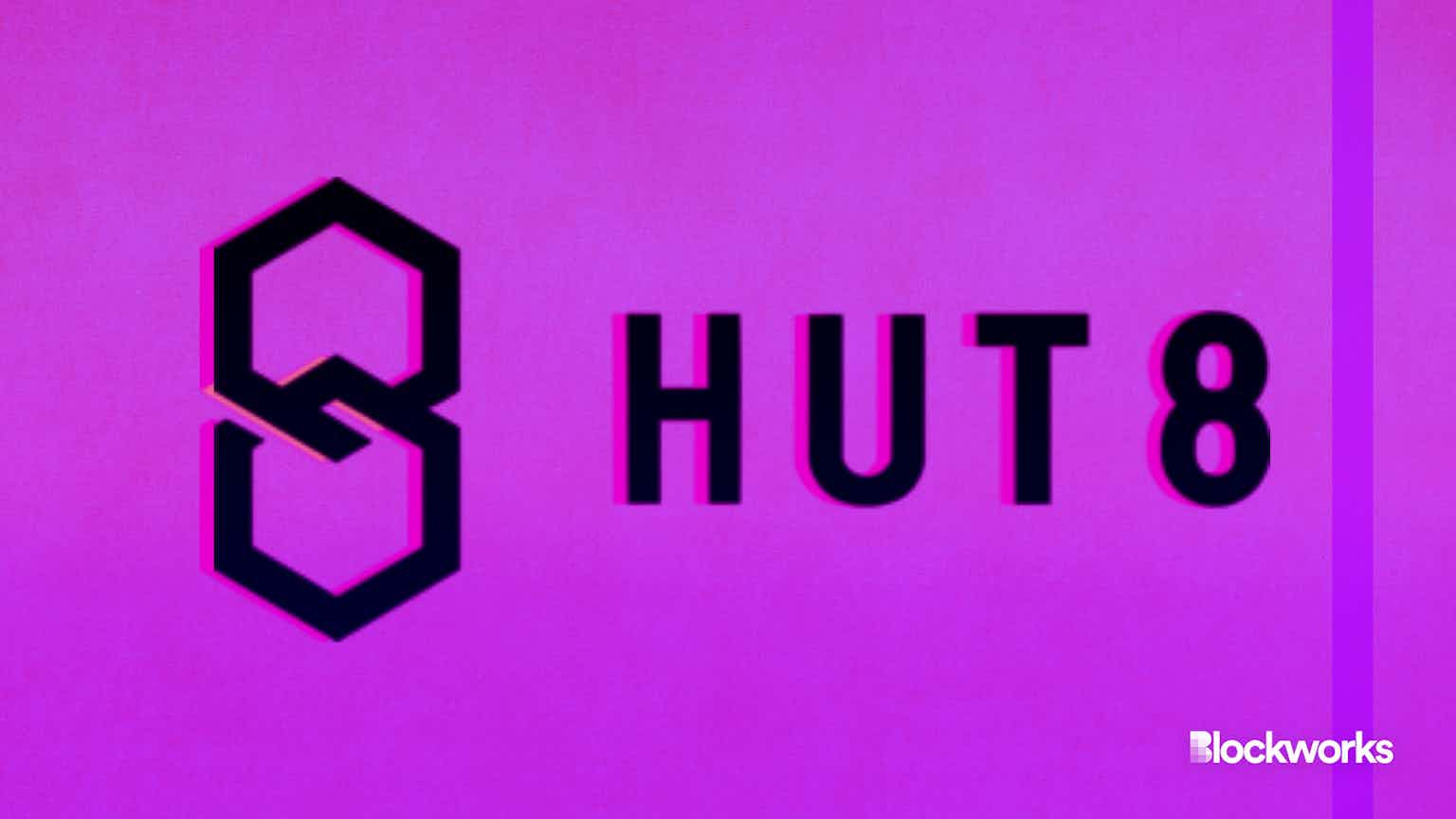FBI Issues Warning Over DeFi Exploits, Open Source Development
The agency has warned investors to tread carefully around DeFi protocols, which have fallen victim to billions of dollars in theft this year.

Source: Shutterstock
key takeaways
- The FBI has detailed various DeFi hacks and exploits faced by the cryptocurrency industry over the past year
- Due diligence has been urged to ensure investors understand protocols and verify code audits have taken place
Criminals are ramping up efforts to exploit DeFi (decentralized finance) vulnerabilities to steal crypto, the US Federal Bureau of Investigation (FBI) has warned.
The agency said it has noticed a rise in smart contract hacks and is urging investors who’ve fallen victim to related theft to reach out.
“Cyber criminals seek to take advantage of investors’ increased interest in cryptocurrencies, as well as the complexity of cross-chain functionality and open source nature of DeFi platforms,” the agency said in a statement.
More than $1.8 billion in digital assets were stolen from DeFi protocols in this year’s first quarter alone — an almost eightfold increase from 2021’s equivalent period.
The FBI made note of several attack vectors specific to DeFi protocols in the last 12 months, including flash loans, token bridges and oracle price pairs.
Indeed, token bridges in particular have been major targets this year. Harmony’s cross-chain Horizon Bridge was hacked for $100 million in June while Ronin Network, the Ethereum-linked sidechain for blockchain game Axie Infinity, lost a whopping $625 million three months earlier — the crypto industry’s largest exploit to date.
Authorities believe North Korean hacking unit Lazarus Group was behind both the Horizon and Ronin bridge incidents.
Some of the stolen funds were traced to Ethereum-powered crypto mixer Tornado Cash. Tornado Cash was blacklisted by the US earlier this month, barring citizens from engaging with the protocol — and, technically, even interacting with digital assets that have passed through it.
FBI says open source code allows ‘unfettered access’ to bad actors
The FBI laid out four recommendations for crypto investors; precautionary measures to reduce their susceptibility to theft on the blockchain.
Those include the usual caveats of enlisting professional financial advice and undertaking proper research while ensuring their investments have verifiable code audits.
Investors should also be aware of DeFi liquidity pools with “extremely limited timeframes” to join. The FBI also warned of potential risks associated with open source development, on which much of the crypto ecosystem relies.
“Open source code repositories allow unfettered access to all individuals, to include those with nefarious intentions,” the agency said.
It should be noted that several protocols who’ve undergone code audits have fallen victim to exploits outside their control, though security appears to be “getting better,” Immunefi’s CEO Mitchell Amador told Blockworks in an interview in July.
As for the platforms themselves, the FBI advised they should institute real-time analytics and monitoring while continuously testing their code.
Development of an incident response plan to make investors aware of when an exploit has occurred should also be front and center, it said.
Start your day with top crypto insights from David Canellis and Katherine Ross. Subscribe to the Empire newsletter.





